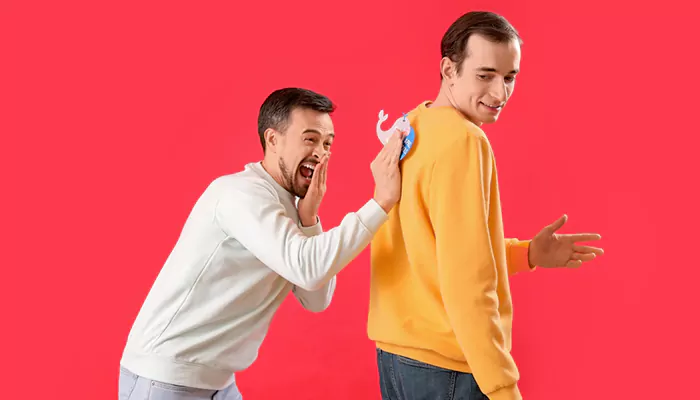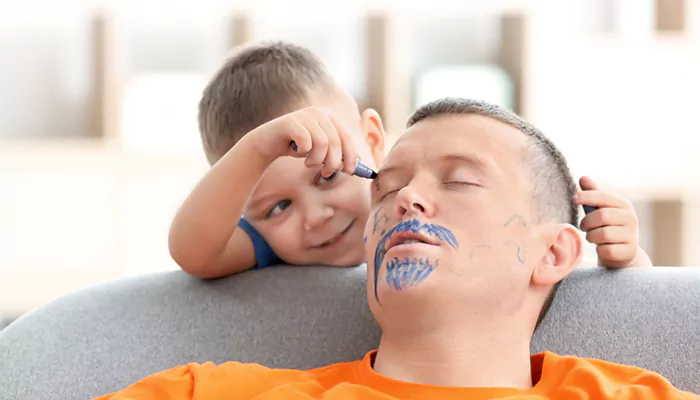
April Fool’s Day is all about laughter, surprises, and the occasional whoopee cushion. But why do we love pranks so much? Let’s dig into the playful psychology behind our urge to trick—and enjoy being tricked!
Ah, April Fool’s Day—the one day a year when you can swap someone’s sugar for salt, cover their desk in Post-its, or convince them their phone has gone voice-activated… and get away with it. But why do we get such a kick out of pranks? And why do we secretly enjoy being fooled (once the initial shock wears off, of course)?
Turns out, there’s some fascinating psychology behind our love of playful deception. Let’s break it down.
Pranking isn’t just about mischief—it’s a social bonding tool. When we play a harmless trick on someone, it’s often a way to share laughter and strengthen connections. Think about it: the best pranks are the ones where even the victim ends up chuckling.
Psychologists suggest that pranks work because they create a shared emotional experience. The prankster gets the thrill of pulling off something clever, while the person being pranked gets a fun (if momentarily confusing) surprise. When both parties laugh, it reinforces trust and camaraderie.
Of course, the key word here is harmless. A good prank should leave everyone smiling, not seething.
Wait—enjoying being pranked? That sounds weird, right? But think about the last time a friend got you with a well-executed April Fool’s joke. After the initial "Wait, what?!" moment, didn’t you kind of admire their creativity?
There’s science behind this, too. Being tricked in a lighthearted way can trigger:
Basically, a good prank is like a mini emotional rollercoaster—exciting, then hilarious.

Not all pranks are created equal. The difference between a joke that lands and one that flops? Intent and execution.
Psychologists emphasize that pranks should always consider the other person’s feelings. If the victim isn’t laughing, it’s not a prank—it’s just awkward.
Ever noticed how some folks live for April Fool’s Day while others dread it? Personality plays a big role:
Neither approach is "right"—it just comes down to how much surprise and playfulness people enjoy.

Believe it or not, pranking might have deep roots in human evolution. Anthropologists suggest that playful deception helps us:
So, in a way, April Fool’s Day is just modern humans keeping an ancient tradition alive—with fewer whoopee cushions back then, probably.
Want to join the fun without crossing the line? Follow these golden rules:

At their best, April Fool’s Day pranks aren’t about trickery—they’re about shared joy. Whether you’re the mastermind behind an elaborate hoax or the one falling for a fake "out of order" sign on the bathroom door, it’s all in good fun.
So this April 1st, embrace the silliness. Pull a prank, laugh at yourself, and enjoy the weird, wonderful psychology that makes us love fooling—and being fooled.